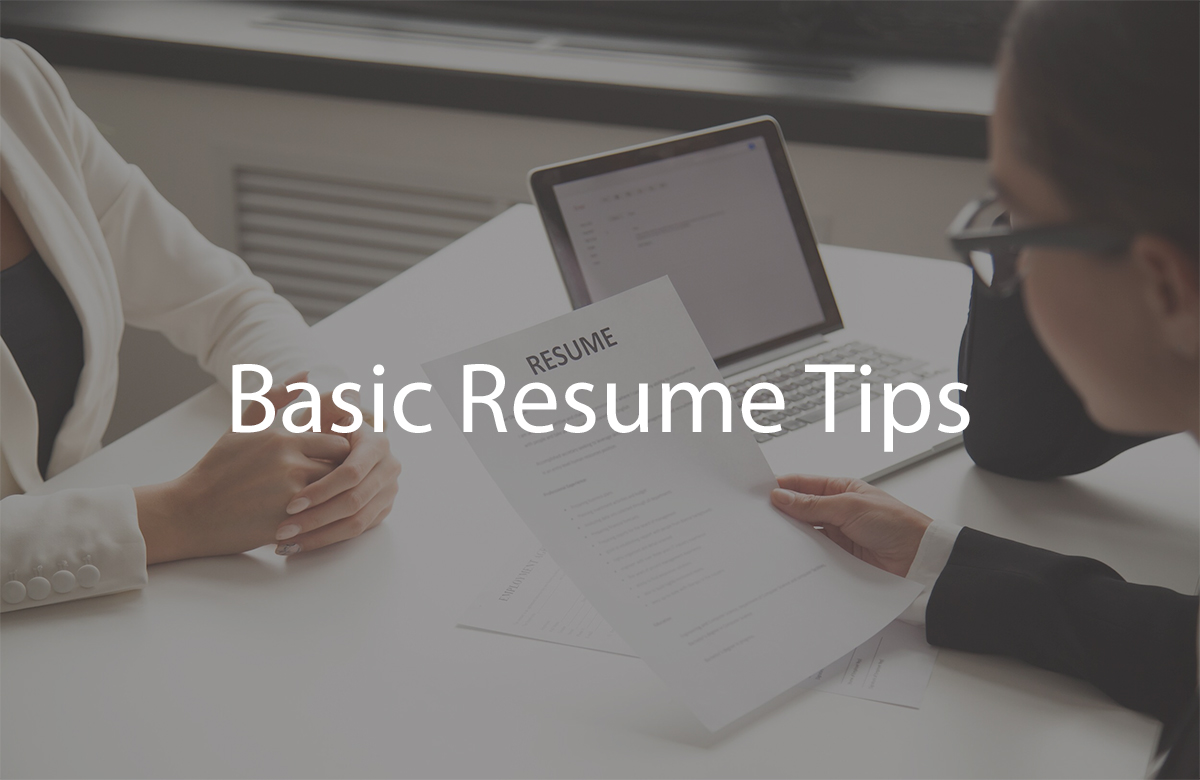
Basic Resume tips
Certainly! Here are some basic resume tips to help you create an effective and professional resume:
Contact Information: Include your full name, phone number, email address, and location (city and state). Make sure your contact information is up-to-date and easily accessible.
Resume Objective or Summary: Write a brief statement at the beginning of your resume that highlights your career goals and summarizes your qualifications and experience. Tailor this section to the specific job you’re applying for.
Professional Experience: List your work experience in reverse chronological order (most recent job first). For each position, include the company name, job title, dates of employment, and a bullet-point list of your key responsibilities and achievements.
Education: Include your educational background, starting with your most recent degree. Mention the institution, degree earned, graduation date, and any relevant honors or certifications.
Skills: Highlight your key skills, both hard and soft, that are relevant to the job you’re applying for. Consider categorizing them (e.g., technical skills, communication skills) to make it easier for employers to identify your strengths.
Achievements and Accomplishments: Use quantifiable achievements whenever possible. Mention specific accomplishments, such as “increased sales by 20%” or “managed a team of 10 employees.” This helps demonstrate your impact.
Tailor Your Resume: Customize your resume for each job application. Highlight the skills and experiences that align with the specific job requirements. Use keywords from the job posting to ensure your resume gets noticed by applicant tracking systems (ATS).
Keep it Concise: A typical resume should be one page for entry-level positions and up to two pages for mid-career or senior-level roles. Be concise and focus on the most relevant information.
Use Action Verbs: Start each bullet point with a strong action verb (e.g., managed, developed, implemented) to make your achievements sound more dynamic and engaging.
Formatting: Choose a clean, professional font (e.g., Arial, Times New Roman) and stick to a consistent formatting style throughout your resume. Use bold or italics sparingly for emphasis.
Proofread: Check your resume for spelling and grammatical errors. Consider asking someone else to review it as well to catch any mistakes you might have missed.
Include Relevant Additional Sections: Depending on your background, you may want to include sections such as “Projects,” “Certifications,” “Volunteer Work,” or “Languages Spoken” if they are relevant to the job.
Avoid Personal Information: Do not include personal information like your marital status, race, religion, or age, as this information is generally not necessary for a resume in many countries.
Use a Professional Email Address: Ensure that your email address is professional and appropriate for job applications.
Update Regularly: Keep your resume up-to-date, even when you’re not actively job hunting. This will make it easier to apply for opportunities as they arise.
Remember that your resume is your first impression on potential employers, so take the time to make it polished, relevant, and tailored to the job you’re seeking.

Comments are closed.